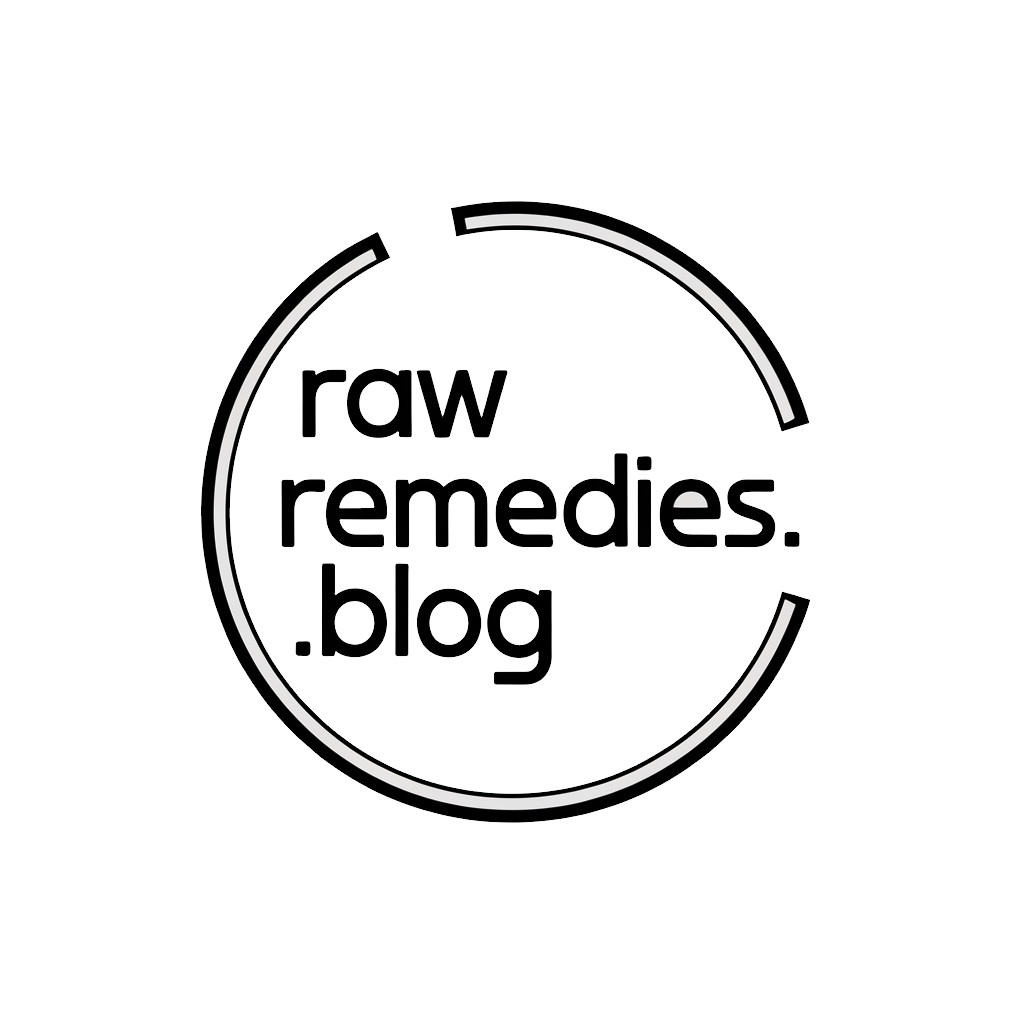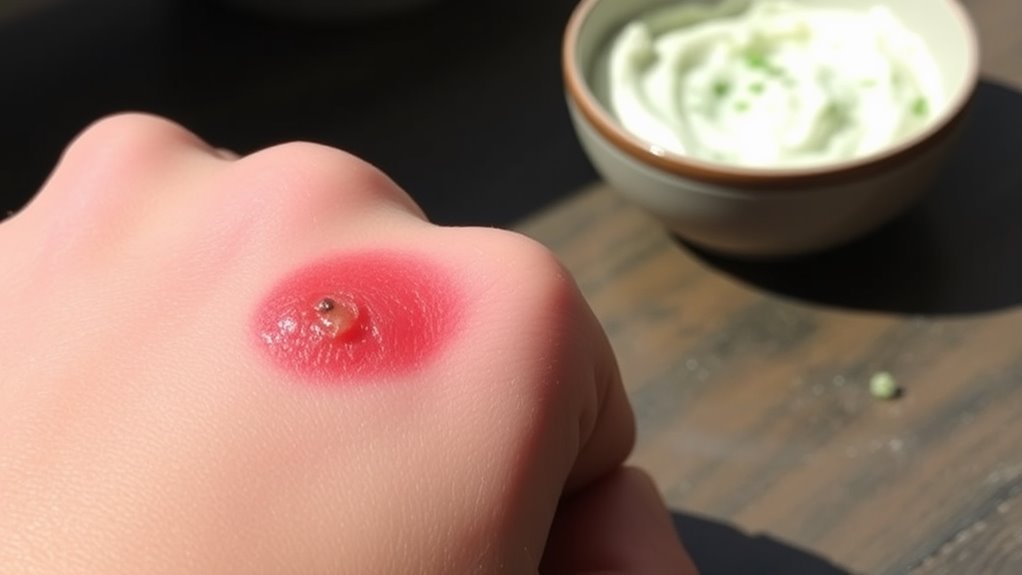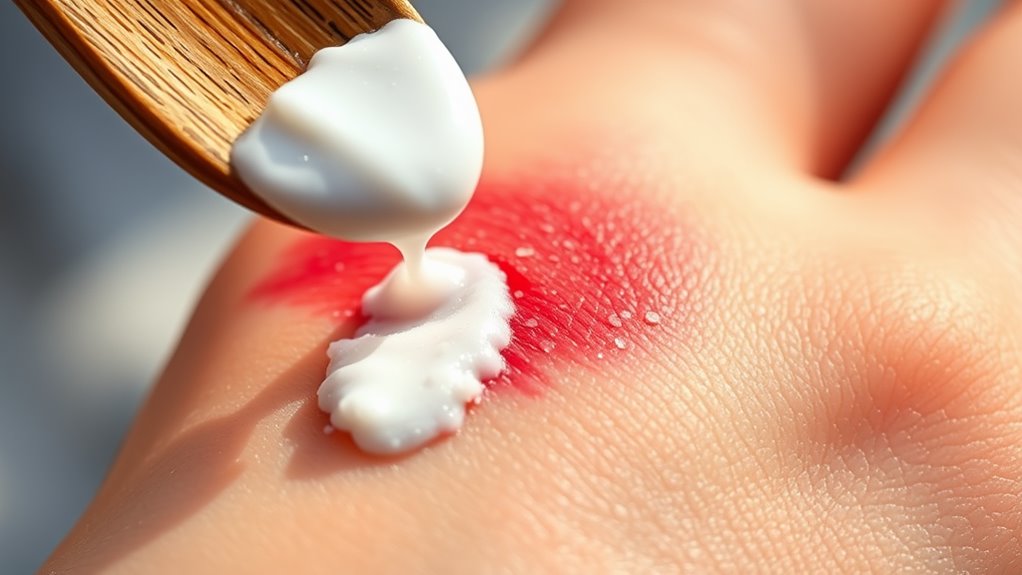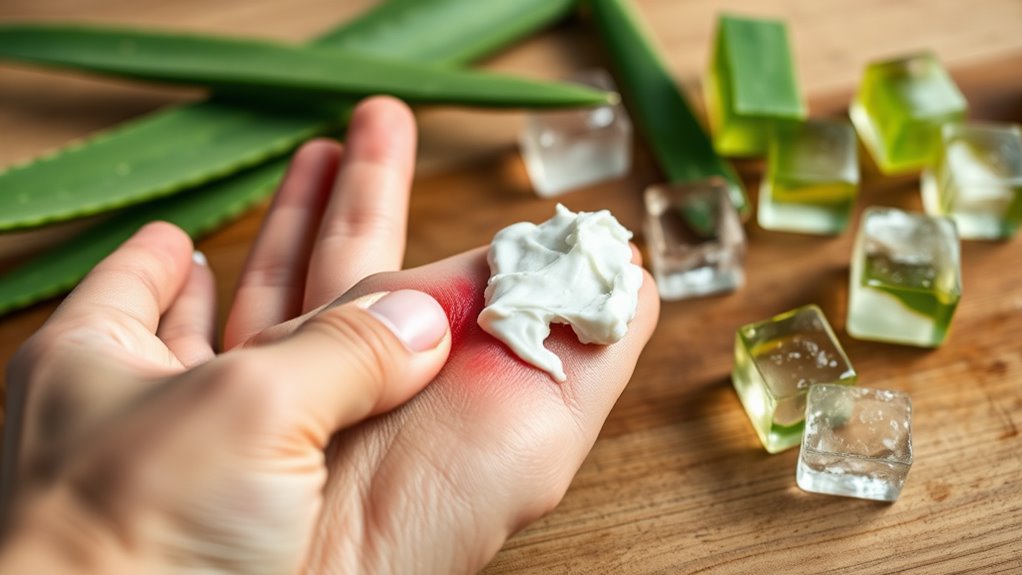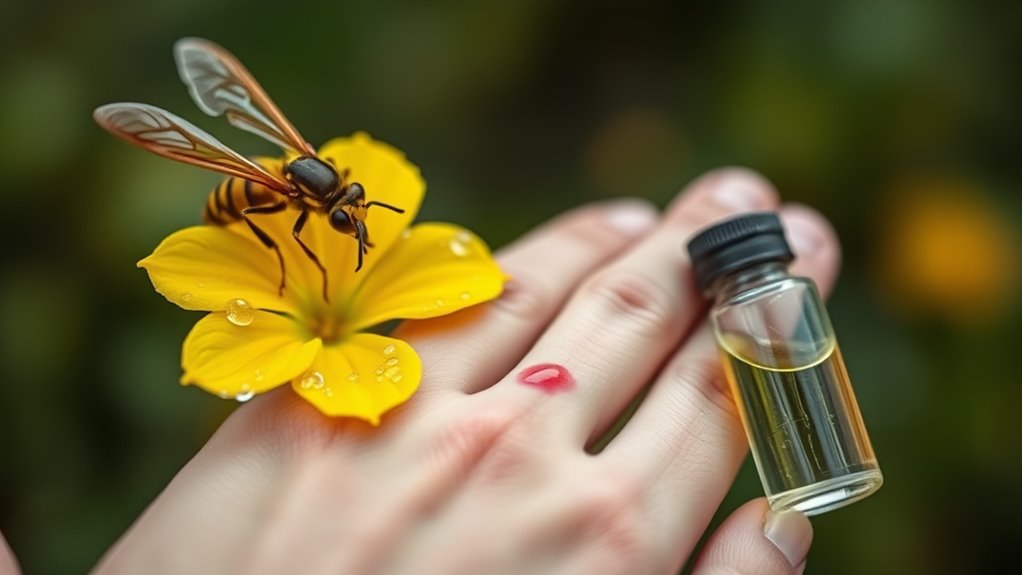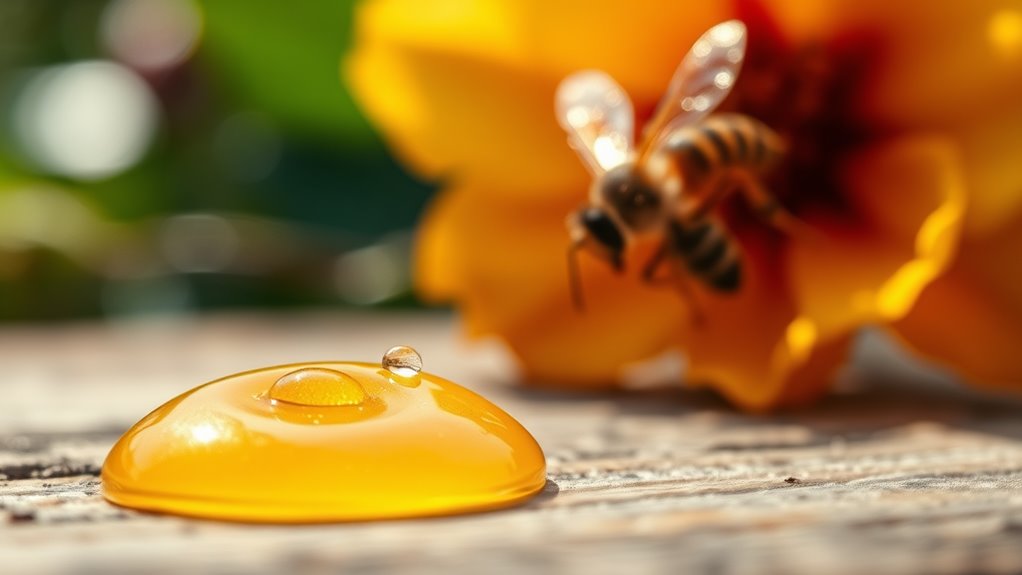Wasp Sting Swelling Up. This DIY Paste Calms It Down Instantly!
When a wasp stings you, the immediate pain can be sharp, and the swelling often follows quickly. It’s important to address this discomfort promptly. Luckily, there’s an easy DIY paste that can help calm the irritation and reduce swelling effectively. Curious about what ingredients you’ll need and how to make it? Let’s explore this simple remedy that can make a big difference in your comfort.
Understanding Wasp Stings and Their Effects
When you get stung by a wasp, it’s essential to understand the immediate effects and potential reactions your body might have.
Initially, you may feel a sharp pain, followed by swelling and redness at the sting site. This reaction is your body’s way of responding to the venom. For most people, the symptoms are mild, but some might experience more severe reactions, like itching or hives. To help soothe the discomfort, you can apply a homemade paste made from common household ingredients to reduce swelling and alleviate pain.
It’s comforting to know that you’re not alone in dealing with this. A natural wasp sting remedy can help alleviate pain and reduce swelling quickly.
Ingredients Needed for the DIY Paste
Finding relief from a wasp sting can be as simple as using common ingredients you might already have at home. To whip up this soothing paste, you’ll need baking soda, which helps neutralize the sting’s acidity. Mix it with a bit of water to create a smooth consistency. You might also want to add a few drops of vinegar; its natural properties can enhance the paste’s effectiveness. If you have honey on hand, it can provide additional soothing benefits and moisture. Lastly, grab a pinch of salt, as it can help draw out excess fluid from the sting site. Additionally, applying apple cider vinegar can provide instant relief from wasp sting pain. With these ingredients, you’re well on your way to crafting a calming remedy that’ll bring comfort to you and your loved ones.
Step-by-Step Instructions to Create the Paste
To create your DIY paste for a wasp sting, start by gathering all your ingredients: baking soda, water, vinegar, honey, and salt.
Once you have everything, follow these simple steps:
- Mix 2 tablespoons of baking soda with 1 tablespoon of water to form a thick paste.
- Add 1 teaspoon of vinegar and stir until combined.
- Incorporate 1 teaspoon of honey for its soothing properties.
- Sprinkle in a pinch of salt, mixing well.
Now you’ve got your paste! This easy recipe not only helps relieve pain but also fosters a sense of community as you share it with friends or family who might need relief. Baking soda creates an effective alkaline paste that quickly neutralizes wasp venom. Enjoy the comfort of knowing you’ve made something that truly helps!
How to Apply the Paste for Maximum Relief
With your DIY paste ready, applying it correctly is key to maximizing relief from a wasp sting.
First, clean the sting area gently with soap and water. Pat it dry, then take a small amount of your paste and spread it evenly over the sting site. Make sure to cover the area generously to ensure the soothing properties penetrate effectively. You can use your fingers or a clean applicator for this.
Once applied, let the paste sit for at least 20 minutes. This allows the ingredients to work their magic. If you feel any stinging or irritation while it’s on, don’t panic; that’s normal.
Finally, rinse it off with cool water for a refreshing finish. You’ve got this!
Tips for Preventing Future Wasp Stings
Although wasp stings can be painful, you can take proactive steps to minimize your chances of getting stung in the future.
By following these tips, you’ll create a safer environment for yourself and your loved ones:
- Avoid wearing bright colors or floral patterns that attract wasps.
- Keep food and drinks covered during outdoor activities to prevent attracting them.
- Seal trash cans tightly and clean up food spills promptly.
- Stay calm and move slowly if you spot a wasp; sudden movements can provoke them.
